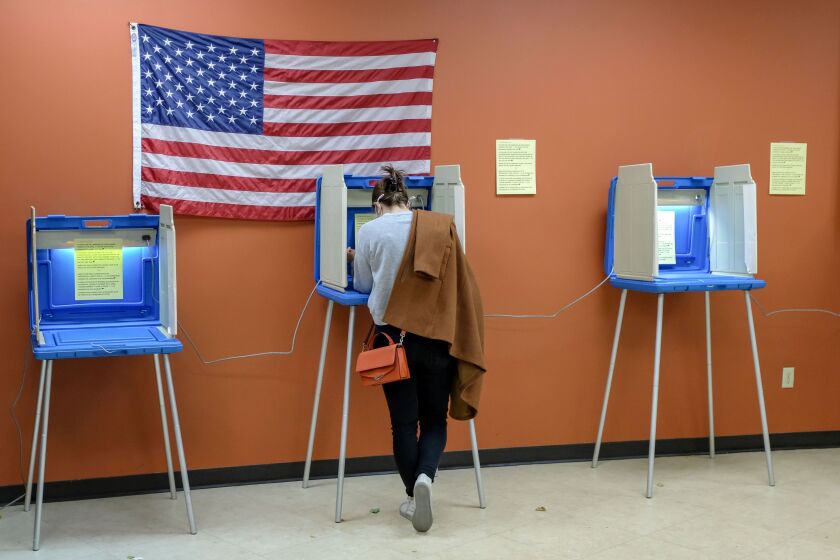Despite lingering uncertainty over the U.S. election, the country’s ultra-rich already have plenty to celebrate from Silicon Valley to Illinois.
Now that the U.S. is five months into the COVID crisis a new victim is emerging. Caught between small businesses furloughing their staff landlords needing to collect rent are millions of hourly workers.
Current, Stoovo and other companies are reaching out with low-cost, low-fee financial services and even tools to help users search for part-time jobs.
The initial adoption wave that mobile and contactless payments have ridden during the first months of the coronavirus pandemic is likely to continue as companies adjust business models to make embedded payment methods a key part of their strategy.
The coronavirus pandemic has changed the way many industries conduct business — and that's especially true of the legal cannabis industry, which was already struggling in the U.S. to find the best way to handle noncash payments.
People who order groceries for delivery may be using digital payments or a plastic card to pay for their food, but the person picking up the groceries may be making a separate payment at the point of pickup — and in the process, influencing the global shift toward contactless payments.
As the coronavirus crisis fuels even stronger demands for early earned wage access, Ceridian seeks to rise above the competition with its own on-demand digital wallet and prepaid Mastercard.
The sharing economy faces its first true crisis, but the payment companies that enable nontraditional payrolls say that the best way to fuel the recovery is to simply be more creative in how people get paid.
With more people sheltering at home and grocery stores limiting access, Domino's is seeing a surge in demand for its pizza — and a need to pay delivery drivers their tips and wages after each shift at a time when the credit card orders outpace the cash on hand at each store.
The gig economy flourished in part for its ability to get timely payments to workers. Uber and Lyft, for example, offer express payments to drivers who need to use those funds to refill their gas tanks before picking up the next rider. But these payment innovations mean very little when there isn't sufficient money flowing into the system.














